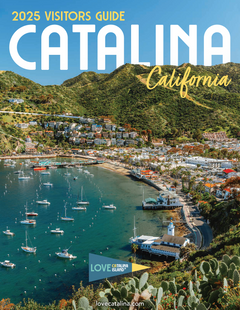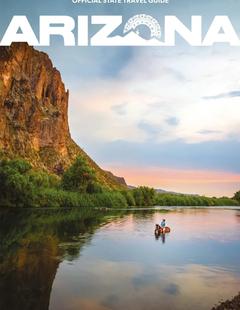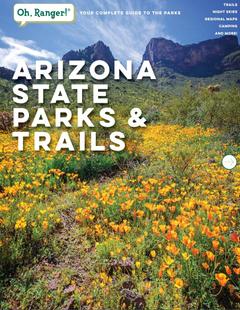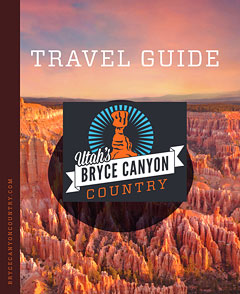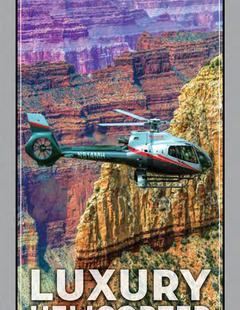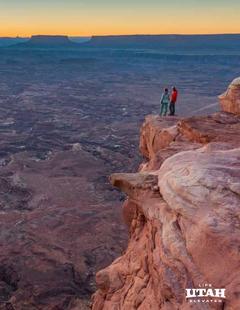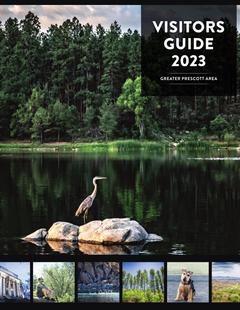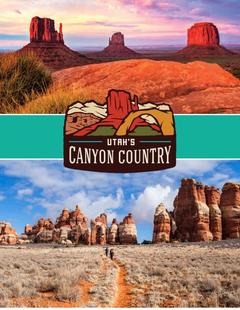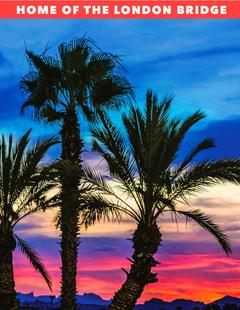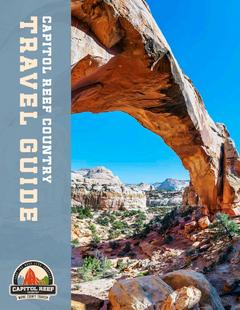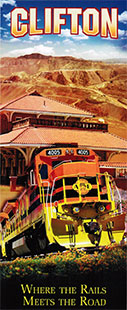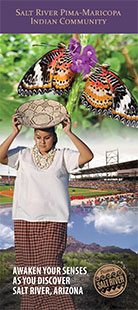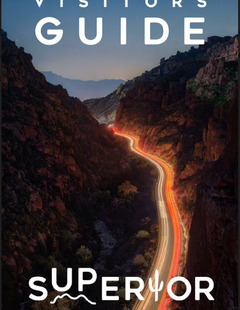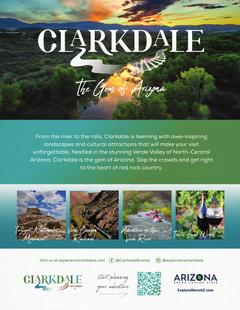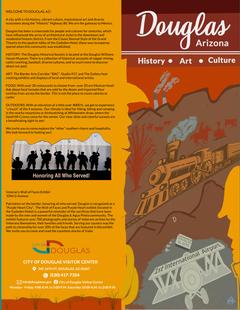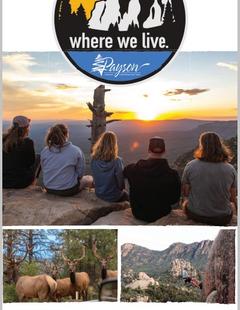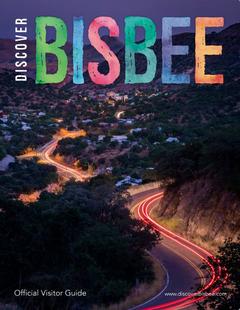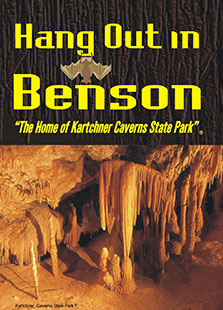Description
Grand Canyon National Park is one of those places that only gets better with age. Counted as one of the world’s seven natural wonders, there’s good reason it’s the second most visited national park in the country. The downside, of course is that you might have to share the views in peak season with a crowd of like-minded visitors. And it’s still, absolutely, worth the trip. But there are a few things to know before you plan when to go.
First, keep in mind that unlike some national parks, Grand Canyon National Park has its seasonal side. The North Rim, at 8,000 feet elevation isn’t far from the South Rim (which tops out at 7,000 feet) as the crow flies. The big difference is that you’ll find the North Rim shuts down to all vehicular traffic from the first snow to mid-May; if you have the appropriate back-country permit you can enter on snowshoes or cross-country skis, but all facilities are closed. Even with heavy snow, the South Rim stays open for business 365 days a year, though depending on how icy the conditions you’ll want to think twice about tackling trails into the canyon.
Spring and fall are the fringe seasons, with highly unpredictable weather. Late snow flurries aren’t out of the question, neither are extreme temperature highs well into autumn on the canyon floor. Consequently, it’s a good idea to come prepared for a variety of weather conditions, particularly if you plan on spending any time in the canyon itself.
Summer temperatures are generally pleasant on both rims, with slightly cooler temperatures on the North Rim and starry crisp nights. Expect thunderstorms late summer, and much higher temperatures down by the Colorado River, where it’s not uncommon to see days above 100 degrees. Our advice? If you’re venturing much beyond South Rim facilities pack snacks, sun-screen and lots of water.
Importantly, rain or shine, know this: the Grand Canyon will give you chills, it’s that good.

















